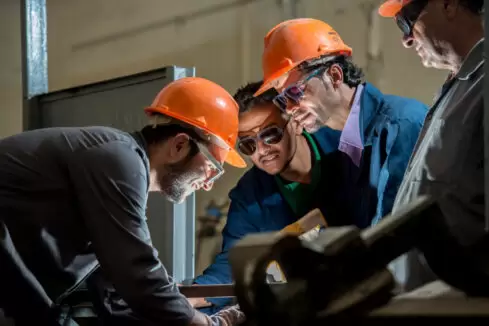You probably see protective coverings daily, but you don’t typically notice them. Protective coatings serve many purposes in multiple industries. Keep reading to learn more.
Reasons for Using Protective Coverings
One of the most frequent reasons these coatings are used is to provide weather-proofing. Their chemical composition is often purposely designed to shield structures intended for outdoor use. Similarly, many of these coatings are also designed to resist UV rays. Another feature of these coverings is to resist corrosion when used with acids or other solvents that pose a risk of corrosion.
Types of Protective Coverings
One of the most popular protective coatings is polyaspartic coating, which combines polyurethane and polyurea. These coatings are often used to protect concrete floors or metal frameworks. If you need a protective surface for furnaces or other high-temperature appliances, silicone is suitable for providing heat protection. If you need protection against corrosion, zinc will be your best choice.
Applications in the Construction Business
As you might imagine, many of the structures and exteriors created and used by a construction business will feature components that will have protective coverings. The environment where your structure will exist will determine the type of covering that your components need. Tall structures such as water towers or water treatment facilities will be metal, requiring protective coverings to withstand the elements.
Protection for Dispense Valves
Up until recently, dispense valves have primarily been used for pouring and serving small amounts of beverages at precise dosages. However, there has been a recent increase in the use of dispense valves for providing small doses of sealants and adhesives. According to industry statistics, this way of using dispense valves is expected to increase in North America at a compounded annual rate of 4.2% from 2021 to 2028.
Home Remodel Opportunities
Many materials used to remodel homes require protective coverings because they will be on the house’s exterior. The protection may come from protective paint, protective siding, or covered electric wiring. In the U.S., most homes need remodeling or improvement – because approximately 80% are at least two decades old. For these reasons, you may be considering a renovation, so ensuring that your components are protectively covered is just good sense.
Coverings for Auto Parts
Home improvements aren’t the only places where protective coverings are seeing increased usage. Car parts, which are now increasingly used in hybrid vehicles and tech-controlled cars, will need unique protective coverings. With over 920,000 Americans working with automaking or auto parts creation, more car protectively-covered car parts will be made.
Protective Coverings in the Mining Industry
When mines and quarries are excavated for mining purposes, the equipment has the potential to be easily worn away by repetitive scraping actions. Abrasion is a consistent risk, so protective coverings are the norm. A crushing or grinding machine would require an alloy such as martensite would be ideal. Another problem is posed by slurry pumps, which have a high risk of corrosion and require coating by a specialized elastomeric rubber.
It can be easy to overlook the existence of protective coverings since they are designed to blend in. However, without them, many things we rely on would put us at risk. Materials are covered to resist heat, abrasion, corrosion, and wear. As time goes by, the uses and applications of protective coverings will likely continue and probably increase.

